 Home
Home
Land Policies, Plans & Records
Welcome to the Abbey Arboretum. The Abbey has owned and cared for this site since 1856. In keeping with our Benedictine Values, the monastic community is pleased to share our home with you where you may observe nature and be physically and spiritually refreshed. As a guest on this private property, please be respectful of our policies and this land which we consider sacred.
Summary of Land Use Policies
To the students, employees, staff, alumni/ae, oblates, arboretum members, visitors, event participants, guests, and friends of Saint John’s:
Welcome to the lands of Saint John’s Abbey. The Abbey has owned and cared for this site since 1856. In keeping with our Benedictine values, the monastic community is pleased to share our home with you where you may observe nature and be physically and spiritually refreshed. As a guest on this private property, please be respectful of our policies and this land which we consider sacred. Thanks you.
You are welcome to:
- Walk, run, and ski the trails
- Bike only on paved surfaces
- Walk and snowshoe off the trails (except in the private Monastic Gardens)
- Use non-motorized watercraft (electric and gas motors are not allowed across Abbey land)
- Fish from shore and from non-motorized watercraft
- Observe and study nature
- Take pictures
- Contemplate and appreciate the wonders of the creation
Prohibited Activities:
- No disturbing the natural order or scenery or leaving any trace of your presence
- No dogs and other pets; they are not allowed unless they are designated service animals
- No biking on unpaved surfaces
- No driving unauthorized vehicles or off-road vehicles on any trails or land without written permission from the Abbey Land Manager
- No building of fires without written permission from the Fire Chief/Life Safety Services
- No tenting or camping without written permission from Life Safety Services
- No building “forts” or structures from native or human-made materials
- No gathering or harvesting of any plants, plant materials, animals, fungi, or inorganic material without written permission from the Abbey Land Manager
- No undertaking educational research or sampling without written permission from the Abbey Land Manager
- No use of the beach without permission: no swimming outside designated beach area; no swimming without lifeguard on duty
- No transporting motorized watercraft, motorized vehicles or motorized tools across Abbey property, including: use of electric or gas motorized boats launched from Abbey property; use of motorized ice augers transported across Abbey property
- No possession or use of weapons (whether real, toy, or facsimile) is allowed without written permission from Life Safety Services. This includes weapons otherwise authorized by conceal-and-carry or similar permits.
All recreational and educational uses must meet Abbey policy. Additional policy details are available below or by calling Life Safety Services at 320-363-2144.

Pet Policy
No dogs or other pets are allowed in the Abbey Arboretum or on the Saint John’s University campus, whether leashed or unleashed. Some exceptions apply for qualified service animals, and others. Review the policy for more details.
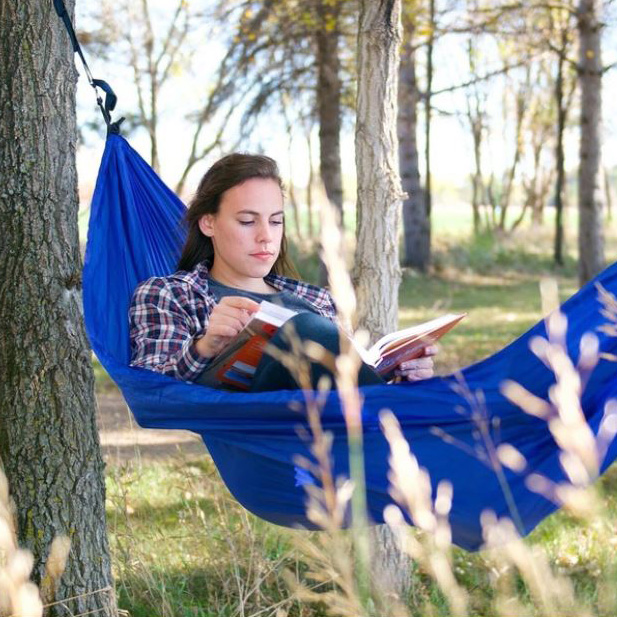
Hammocks & Slacklines
The use of hammocks and slacklines is permitted on Saint John’s property only by those who have completed hammock/ slackline “leave no trace” training from the Outdoor Leadership Center and have received a tag for their equipment.
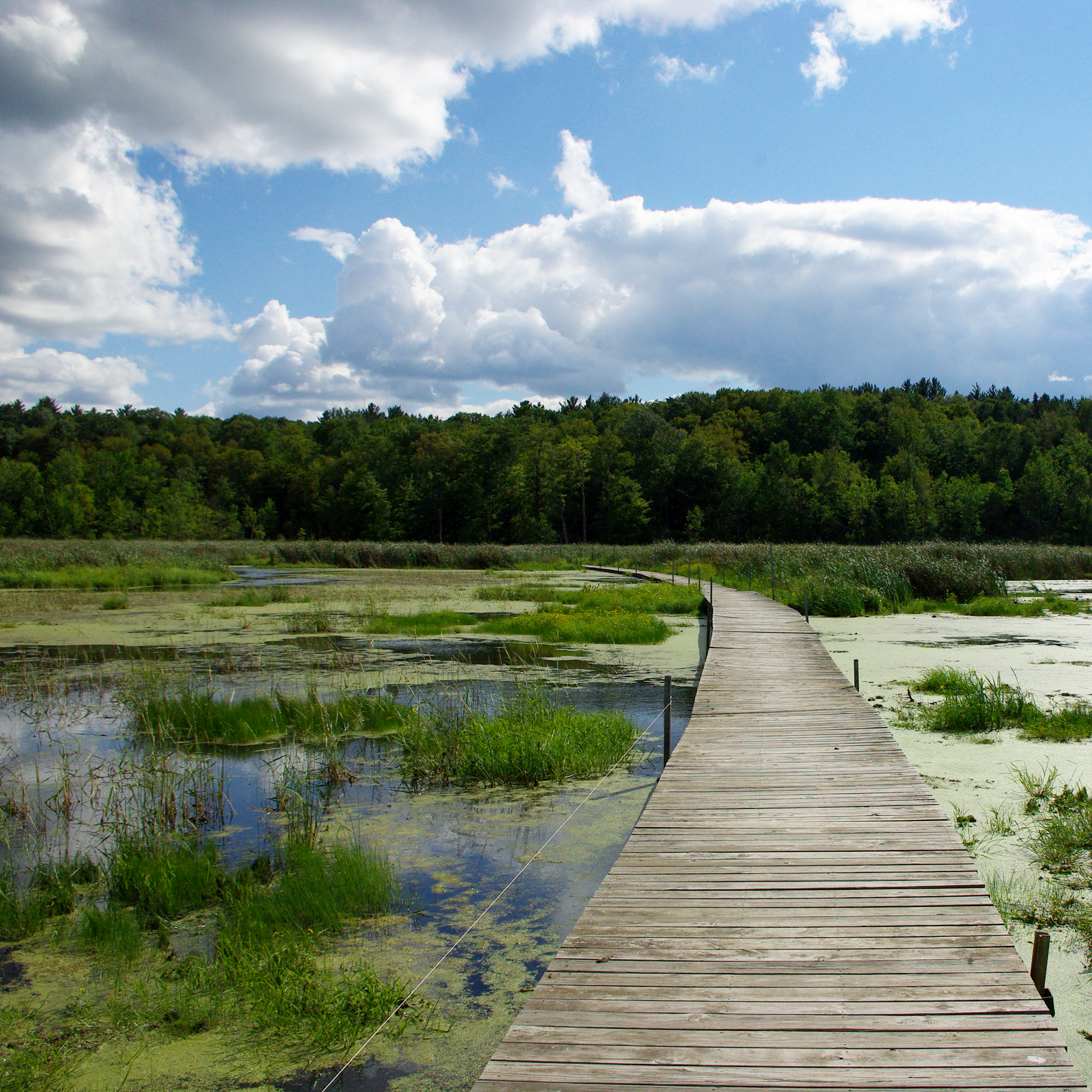
Lands & Trails Policy
Abbey Arboretum lands and trails serve a variety of uses. In order to maintain the high quality wildlife habitat and be welcoming to all guests certain land use activities are not allowed or restricted.
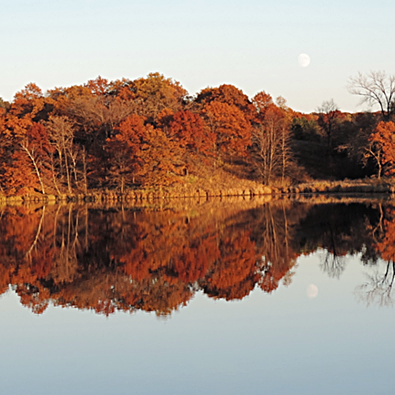
Lakes & Water Policy
Lake Sagatagan is one of the most pristine lakes in the state. Stewardship policies in the Abbey Arboretum aim to maintain the quality of the lakes, wetlands, and watersheds within the boundaries of the Abbey Arboretum.
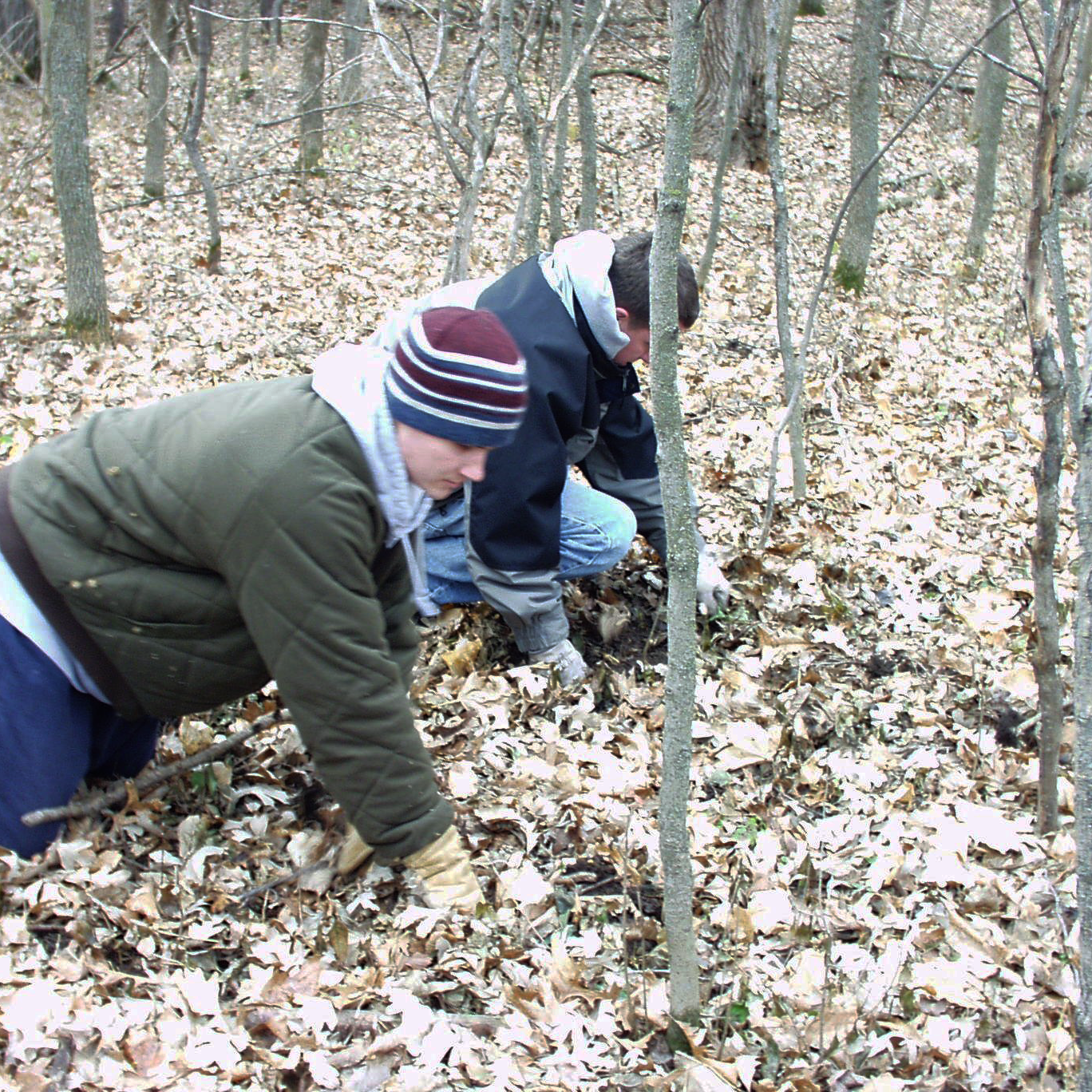
Invasive Species Policy
An important part of any land management plan is to have a strategy for managing invasive species. Read a summary of our policies and activities.
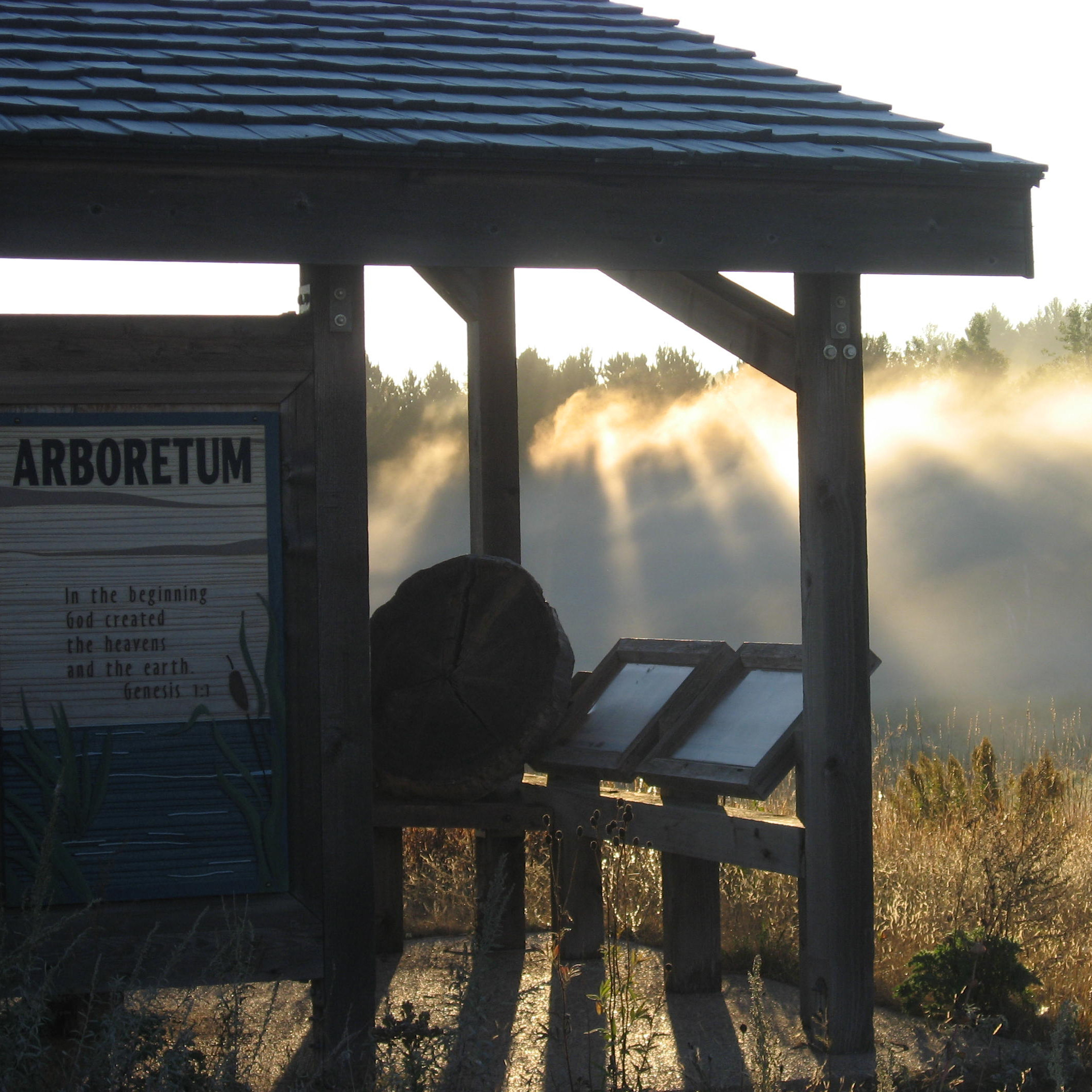
Trespass Policy
All guests are welcome to explore the Abbey Arboretum within any limits or restrictions set forth by the Abbey. Trespass notices may be issued to individuals when complaints or violations are made.
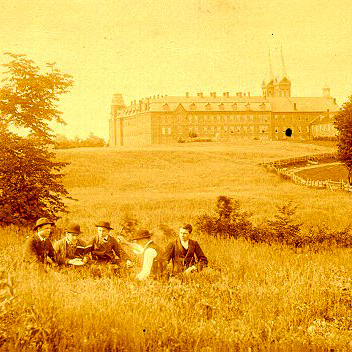
Historical Records
Members of the Saint John’s Abbey, CSB/SJU professors, and natural resource professionals have documented the unique biological communities present at Saint John’s through research and writing.
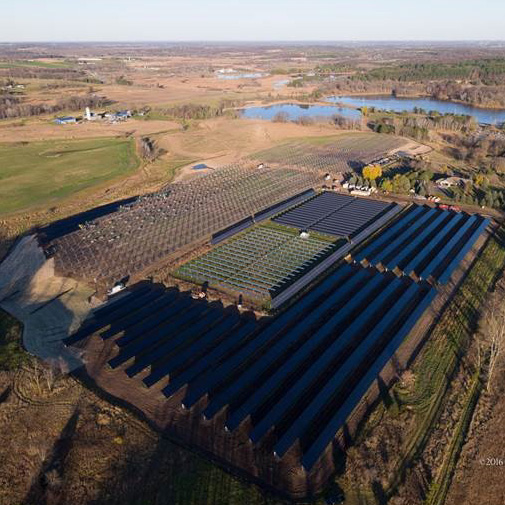
Abbey Energy
Saint John’s Abbey & University are committed to energy conservation and providing the campus with renewable energy resources.